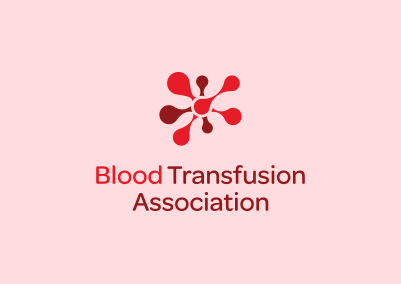Committed to safeguarding the safety and integrity of blood components for transfusion, the Blood Transfusion Association (BTA) is steadfast in addressing the recently introduced "Substances of Human Origin" (SoHO) Regulation proposed by the Parliament. As European policymakers delve into the intricacies of healthcare regulations, the BTA’s primary focus centres on the contentious issue of "significant risk" terminology within this pivotal legislative proposal.
Differentiating PBSC Collection and Mobilization: The Regulatory Conundrum
Central to the debate surrounding the proposed SoHO Regulation is Recital 13, a provision which aims to distinguish various medical procedures based on their “significant risk”. Of particular concern is the inclusion and classification of Peripheral Blood Stem Cell (PBSC) collection in the category of medical intervention posing “significant risk” to the patients, despite its well-established record as a safe and life-saving apheresis procedure. It is paramount to clearly differentiate between PBSC mobilization and PBSC collection, as the latter has shown a safety record similar to regular blood donations. To avoid confusion, the term "mobilization" should be added to the SoHO Regulation to delineate this distinction.
Another aspect often overlooked is the parallel between PBSC mobilization and oocyte treatment, as both require pre-treatment with medicinal products. Yet, the current recital classifies PBSC along with bone marrow, highlighting the pressing need for precise classification to ensure regulatory and technical consistency.
Ensuring Patient Safety and Clarity Amidst "Significant Risk"
It is imperative to have a clear and precise definition of “significant risk to ensure meaningful implementation and prevent potential confusion. Additionally, the SoHO sector already operates under robust EU, national, and international laws. Introducing the concept of "significant risk" could inadvertently cast doubt on the existing framework's effectiveness, potentially deterring both donors and recipients. Imposing undue burdens through vague definitions could jeopardize the existing regulatory framework and negatively impact life-saving donations and treatments. Therefore, adopting a patient-donor approach is essential to create an environment that ensures the safety of all parties involved.
In the ongoing discourse surrounding the SoHO Regulation, it is vital for the medical community, policymakers, and stakeholders to collaborate. Together, we can ensure that regulations accurately reflect the differences between PBSC mobilization and collection while upholding patient safety without unnecessary hindrances. As the debate unfolds, the ultimate goal remains clear: safeguarding patients' lives while fostering an environment of trust and confidence in transformative medical interventions.
Continue reading about it here.

